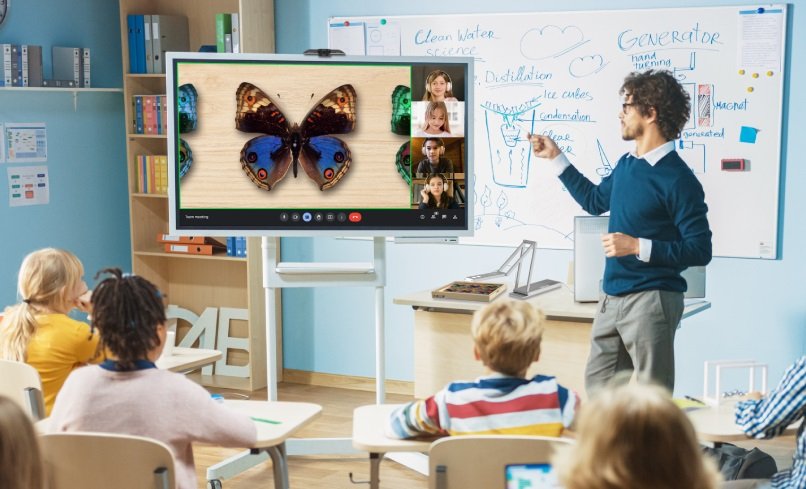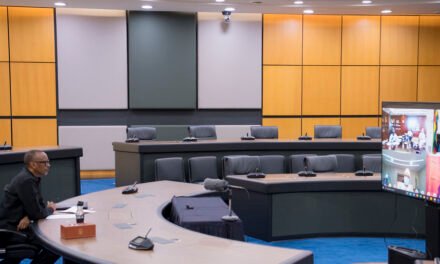A smartboard, also known as an interactive whiteboard, is a technological device that combines a traditional whiteboard with touch and gesture recognition capabilities. It typically consists of a large display panel, usually connected to a computer or a projector, and allows users to interact with the content displayed on the board.
Smartboards offer several features that enhance the learning and teaching experience in educational settings. Here are some key characteristics:
- Touch Interaction: Smartboards have touch-sensitive surfaces that respond to gestures, allowing users to manipulate objects, write, draw, or annotate directly on the board using their fingers or special pens.
- Digital Annotation: Users can write, highlight, or draw over digital content displayed on the smartboard. This functionality provides the benefits of a traditional whiteboard but with the ability to save and share the annotated content digitally.
- Multimedia Integration: Smartboards often integrate multimedia capabilities, allowing users to display and interact with various media types such as images, videos, websites, and documents. This facilitates dynamic and engaging presentations.
- Collaboration and Interactivity: Smartboards support collaborative learning environments by enabling multiple users to interact with the board simultaneously. Students and teachers can work together on activities, solve problems, or participate in interactive games or quizzes.
- Integration with Educational Software: Smartboards are typically compatible with specialized software designed for interactive whiteboards. These software applications offer a range of educational tools, templates, and resources, enhancing the teaching and learning experience.
- Connectivity and Sharing: Smartboards can be connected to other devices, such as computers, tablets, or smartphones, allowing for seamless content sharing and integration. Teachers can display and control content from their devices, and students can share their work with the class.
Smartboards have gained popularity in classrooms as they promote interactive and engaging learning experiences, facilitate visual and kinesthetic learning styles, and encourage collaboration and participation among students. They have become a valuable tool for delivering lessons, presenting content, and fostering student engagement in the education sector.





